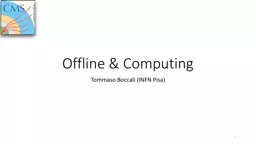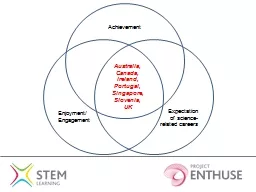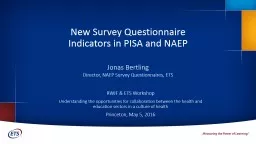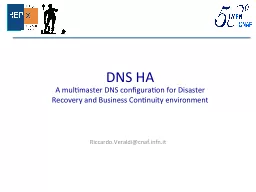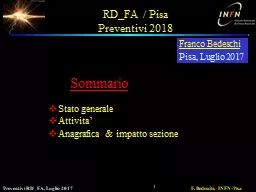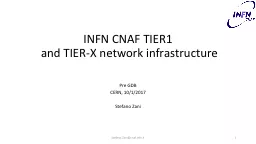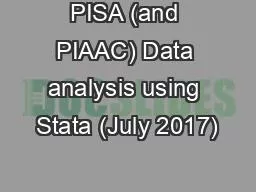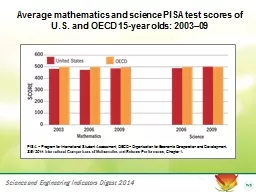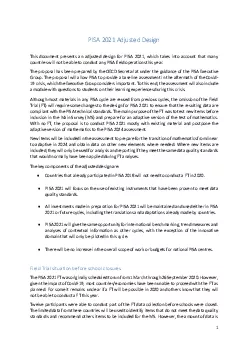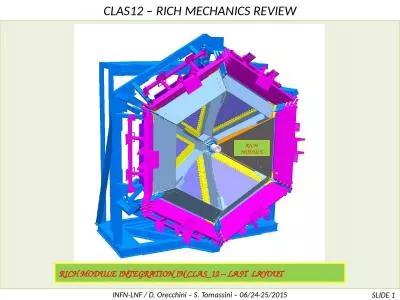PPT-Offline & Computing Tommaso Boccali (INFN Pisa)
Author : sialoquentburberry | Published Date : 2020-06-24
1 2 WHAT is the Offline and Computing Project doing We are in charge of the CMS Data from the moment it goes out of DAQ Cessy site and enters CERNIT We are in
Presentation Embed Code
Download Presentation
Download Presentation The PPT/PDF document "Offline & Computing Tommaso Boccali ..." is the property of its rightful owner. Permission is granted to download and print the materials on this website for personal, non-commercial use only, and to display it on your personal computer provided you do not modify the materials and that you retain all copyright notices contained in the materials. By downloading content from our website, you accept the terms of this agreement.
Offline & Computing Tommaso Boccali (INFN Pisa): Transcript
Download Rules Of Document
"Offline & Computing Tommaso Boccali (INFN Pisa)"The content belongs to its owner. You may download and print it for personal use, without modification, and keep all copyright notices. By downloading, you agree to these terms.
Related Documents

